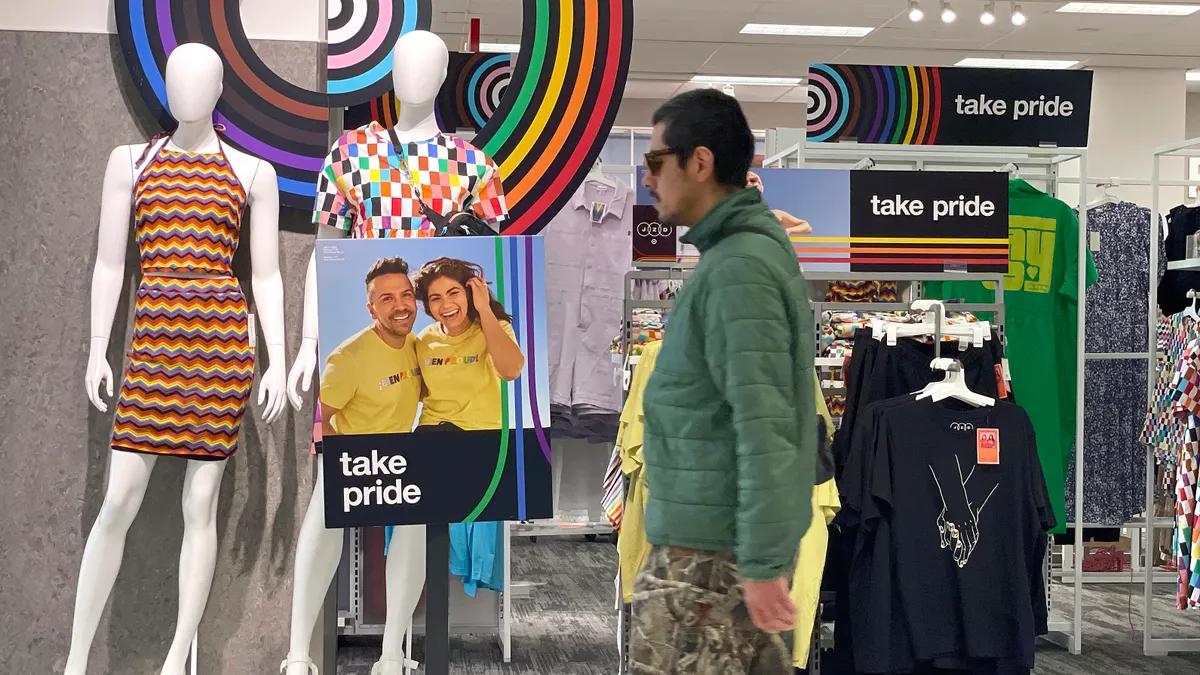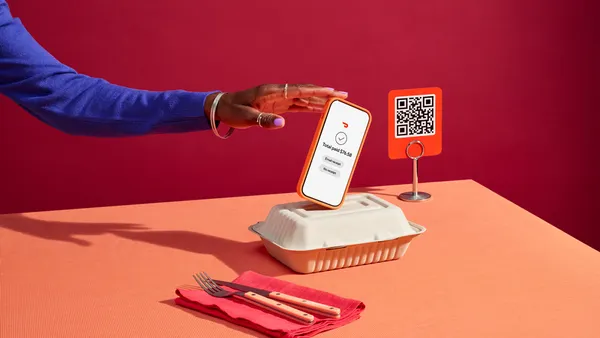Best Buy is making improvements to its omnichannel experience one of its top priorities in the coming fiscal year as it looks to build on its fourth quarter sales growth.
One-third of Best Buy’s U.S. revenue comes from e-commerce, and 3 in 5 customers who make a purchase engage digitally at some point on their journey, CEO Corie Barry said on a Q4 2025 earnings call Tuesday. To capitalize on this opportunity, the electronics retailer plans to improve its search and discovery capabilities with AI.
Store experiences aren’t being left behind. Improvements to store layouts and labor contributed to “material” year-over-year improvements to the retailer’s net promoter score in the fourth quarter of 2025, according to Barry.
Executives believe Best Buy’s investments in its omnichannel experience have set up the electronics retailer for success in the coming year.
Same-store sales rose 0.5% year over year in the fourth quarter of 2025, and revenue reached over $13.9 billion, according to a company earnings report. This was better than expected, and experience played a role in enabling the performance, according to Barry.
The changes are a sign that Best Buy’s efforts are beginning to power a turnaround. The fourth quarter of 2025 marked a return to growth after same-store sales fell 4.8% year over year in the fourth quarter of 2024 and 9.3% year over year in the fourth quarter of 2023.
Different approaches for different channels
Best Buy’s experience investments focus on the human touch in stores and the potential of AI in e-commerce.
Labor efforts, small-scale store refreshes and partnerships with companies including Microsoft and Apple deliver specialized in-store experiences, according to Barry. Specialized sales floor displays with dedicated employees help differentiate shopping inside a Best Buy from buying electronics online.
“Our stores are incredibly important for both our customers and our vendors,” Barry said during the call. “Customers know they can visit a Best Buy store to see and demo product or talk to a knowledgeable sales associate in ways they can't anywhere else.”
Best Buy plans to enhance e-commerce by leaning into its app to offer personalized experience for loyalty members.
Best Buy’s overall loyalty ecosystem, which includes a free program and two paid options, reached a total of about 100 million members, according to Barry. The number of customers with paid Best Buy Plus and Best Buy Total memberships reached nearly 8 million by the end of fiscal 2025, up from 7 million in fiscal 2024.
The Best Buy app served personalized home screens to loyalty members on more than 100 million sessions during the fourth quarter of 2025, according to Barry. The home screens drove measurable improvements in engagement, and Best Buy will use AI to further improve personalization.
The company also plans to launch expanded video content designed to improve shopping journeys in the spring alongside tools that allow influencers and creators to build their own branded digital storefronts, according to Barry.
Customer service improvements pay off
Best Buy is inserting AI into its customer service experience as well by updating its interactive voice response phone system to route customers to the right agent. The result is reduced friction and improved resolution speed, according to Barry.
The electronics retailer leveraged text analytics for all of its customer service agent interactions during the holiday season, according to Barry. Best Buy created real-time performance dashboards that highlighted top call drivers and volume trends and sent out daily alerts for anomalies.
The effort helped Best Buy speedily identify and resolve issues affecting multiple customers, according to Barry. The electronics retailer will expand the program to encompass chat interactions as well in the first quarter of 2026.
The company is fueling better self-service options for certain customer service functions as well, including price matching, order status inquiries and membership management, according to Barry. Self-service adoption doubled as a result of these efforts, and nearly half of customers now manage their memberships over the phone without needing an agent.
“This shift not only improves customer satisfaction by offering faster, more convenient solutions, but also optimizes resource allocation within our support teams going forward,” Barry said.












